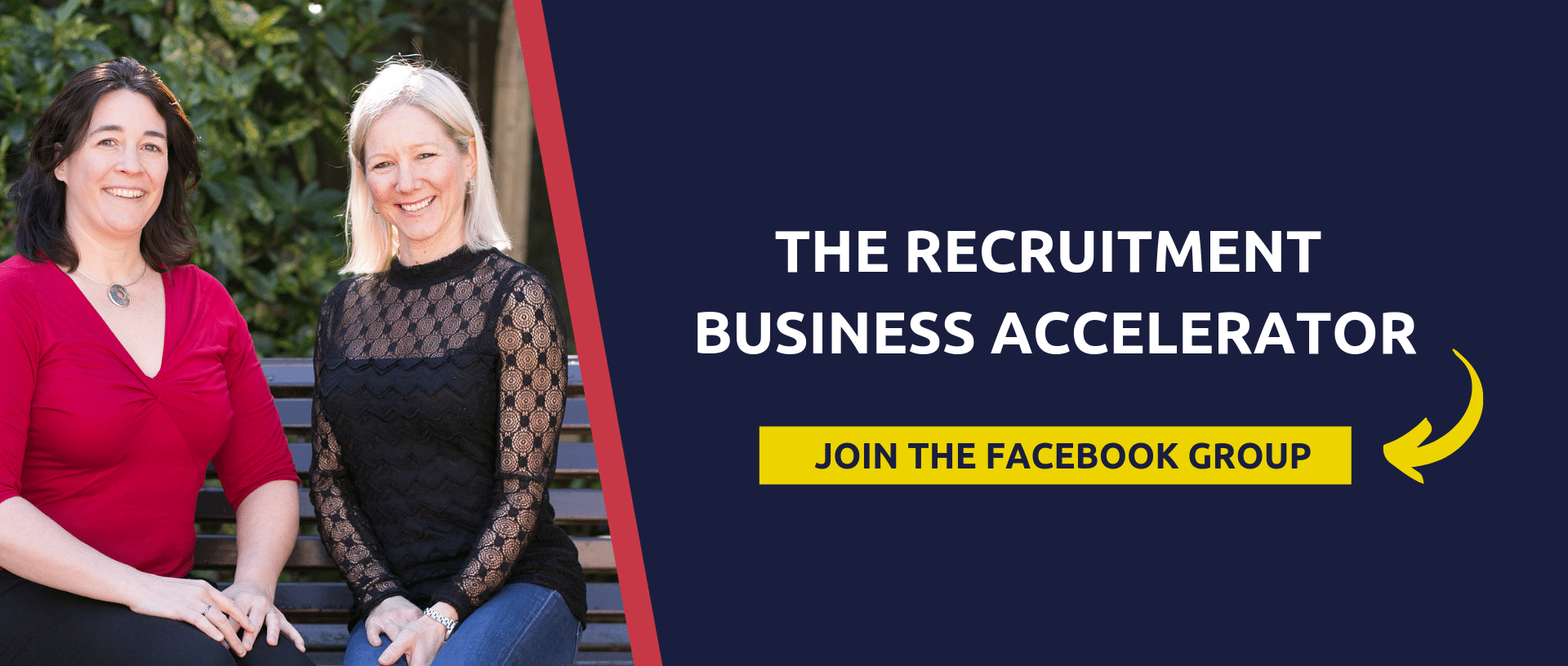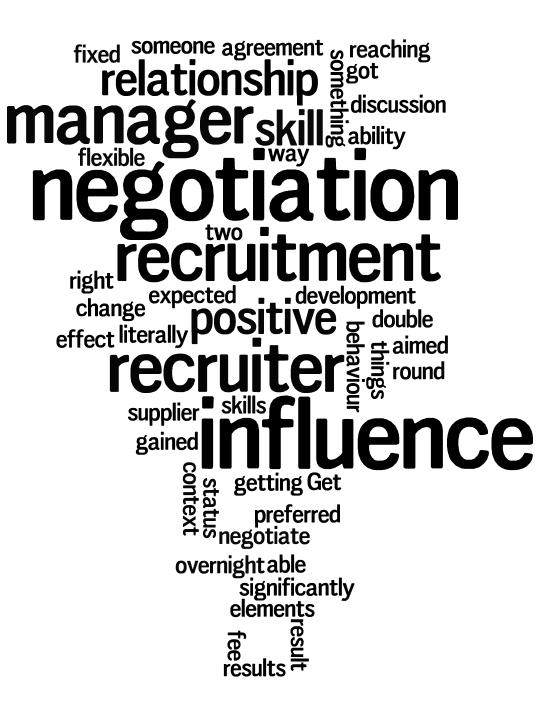I often get asked by recruitment managers what the difference is between high performing employees and low performers. When you understand the difference having a high performer makes to your bottom line results, then you’ll understand why it’s worth paying attention to this!
There are certain traits that high performers demonstrate and if you’re interested in hiring these types of people for your recruitment agency, then read on…
Top performing businesses know to hire for attitude first rather than skills, because you can train skills, not attitude. If you are looking to recruit high performers, you will need to test for these traits, either through competency questions or role plays. Here are just some key attributes of high performers to look out for:
How to Identify High Performers…

1. Coach-ability – Rock or Sponge?
Top performers talk about wanting to learn and progress, they have ability to accept and implement feedback – like a sponge. A rock would be someone who is talented, but because they won’t take on any feedback, they will get to a certain level and then plateau.
2. Emotional Intelligence
High performing employees have the ability to understand and manage their own emotions and accurately assess other team members’ emotions – they will have excellent interpersonal and relational abilities.
3. Self Motivated?
The highest performing employees have loads of drive to achieve, they are also tenacious and persistent – they never give up even when things are really hard – and a high performing employee will be interested in key performance indicators, and consistently produces superior results. This is something worth testing for, otherwise you could hire someone who constantly needs motivating.
4. Talk About Being the Best They Can Be
The key here is that they want to be the best for THEMSELVES, different from a lower performer trait where they talk about wanting to prove a point to someone else. Because top performing employees will have high personal and professional expectations for themselves, they will continually push themselves – there is never a time when they feel they know it all – they believe there is always more to learn. The also understand the importance of a healthy work life balance to help them be the best they can be.
5. Solutions Focused
High achievers take personal responsibility for the quality and timeliness of their work without blame or excuses. If they do have problems, they solve them.
6. Like a Challenge and When Really Busy
Another great way to identify high performers is how enjoyable they find it when they’re busy – a high performer will thrive under pressure!
7. Ability to Prioritise
Even when they are really busy – they are able to prioritise their time effectively to spend it on the areas that will give them the biggest return.
Lower Performers – What to Look Out For:

1. Are negative.
Low performers blame others – colleagues and customers – when things go wrong and say things like “I couldn’t get it done because…” or it’s someone else’s fault.
2. Don’t take initiative and only do the bare minimum expected of them.
These are the people who won’t do anything outside of their job responsibilities. If you ask them to do something it takes ages to get it done.
3. Procrastinate and resist change.
4. Want to prove to someone else they can do it (i.e., parents, peers, colleagues).
I once hired a trainee (before I knew about this trait) who said in interview that they wanted to get into recruitment so that they could prove to their father that they could do it. She was amazing for the first 6 months until she was promoted to consultant. At that point, she’d proved to her father and took her foot off the pedal totally. Eventually, we had to let her go for under performance…
5. Will do what others ask to please them even if not profitable.
6. Like to be really busy and have lots of variety – busy fool syndrome!
They are unable to prioritise where they need to spend their time to get the best return. Beware of this if you are managing, they will find anything that needs doing other than the important money-making stuff to fill their days.
7. Talk about wanting to hit/achieve a target.
High performers will talk about exceeding or smashing their targets.
So, there you have it – low performer and high performer characteristics. If you would like to know more or how to test this within your recruitment business, please email us at enquires@centredexcellence.co.uk.
If you’re a Recruitment or Executive Search Business Owner that wants a proven system to help your team make 5, 10 or 20 extra placements a month, reliably and predictably – then CLICK HERE for our micro training. We walk you through the 3 Machines we install into our clients’ businesses:
1. The Attraction Machine – so you get consistent quality jobs (or quality candidates).
2. The Conversion Machine – so you make a lot more placements.
3. The Delivery Machine – so you scale your team without burning yourself out.
The same is totally possible for you too – and within 30 days you could have your team making a few more placements and a bit more cash coming through the door. CLICK HERE to watch.







